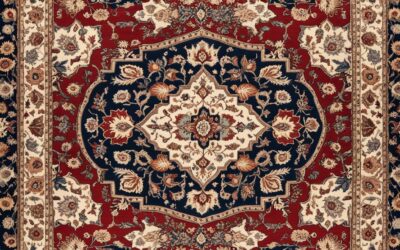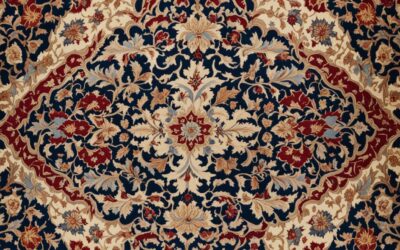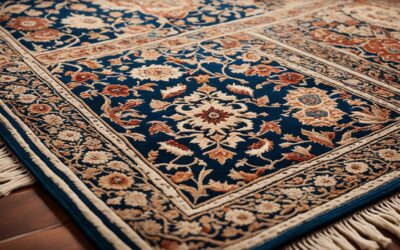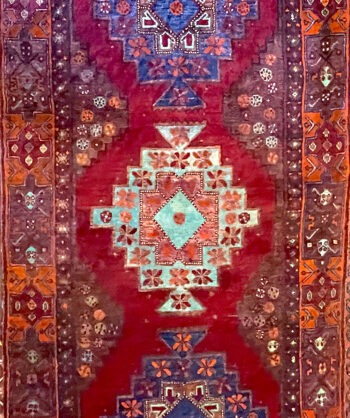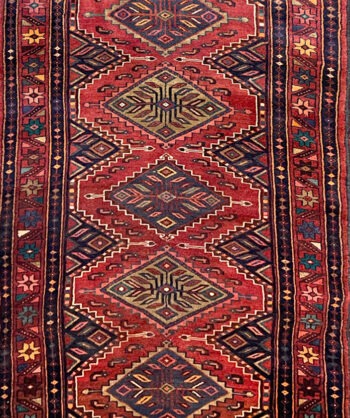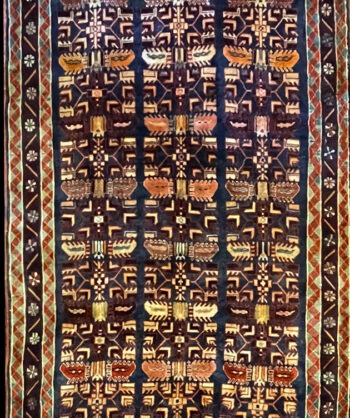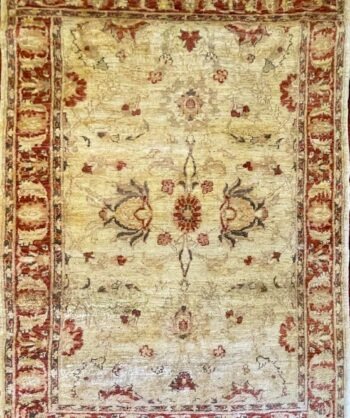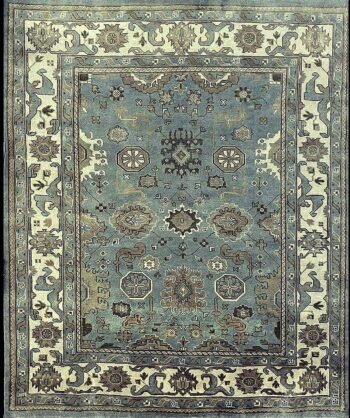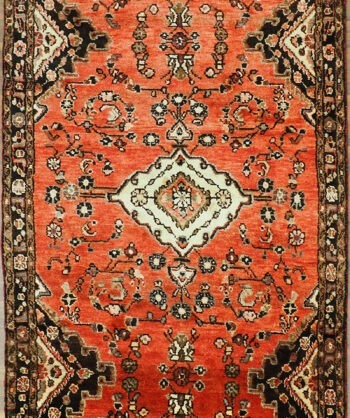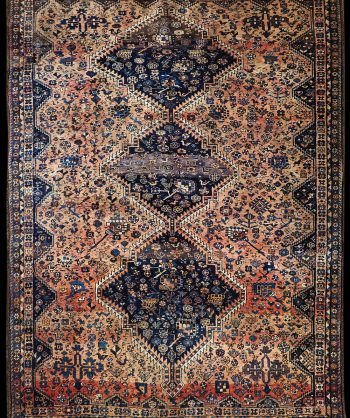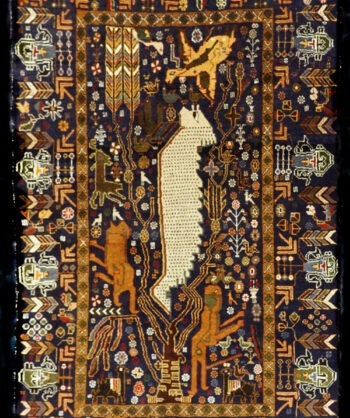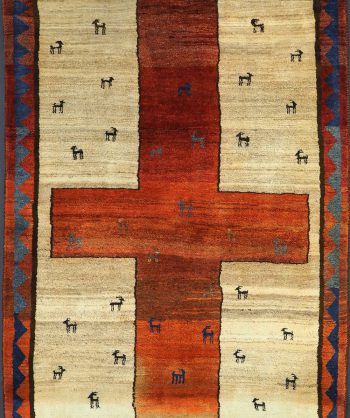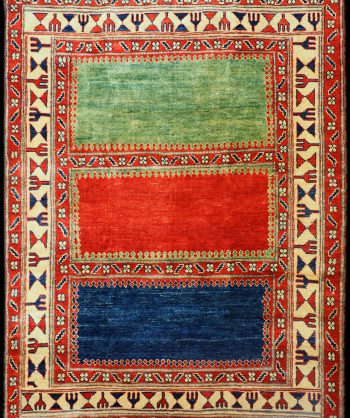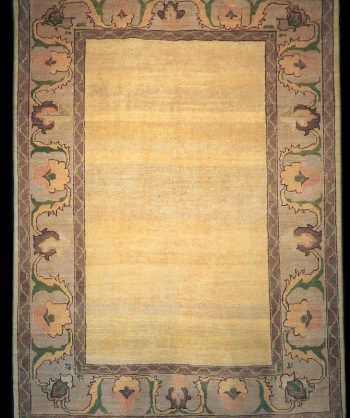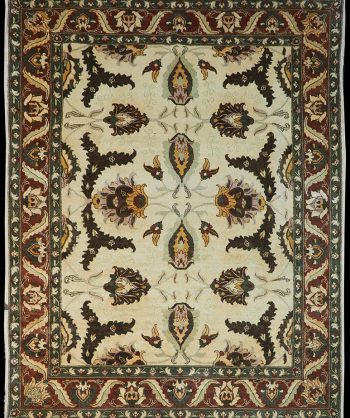How does an Oriental Rug Compare to an Oriental Carpet and where do they come from?
Many people don’t know the answer to the question “How does an Oriental rug compare to an Oriental carpet?” The word “carpet” comes from the Latin word “carpere” which means “to pluck”. Plucking wool from a sheep or the action of plucking woolen thread into a woven masterpiece is possibly the ancient answer. A more modern explanation would be the size difference. Weavings that are 8 by 10 feet or larger are called carpets, while any weaving smaller than that would be called a rug. Very small weavings are called mats.
Within the category of carpets and rugs there are two classifications, those that are smooth (flat weave) and those that have pile. Beautiful designs, patterns and color palettes reflect many different cultural regions. The weaving techniques are specific to an identifiable tribe or geographical area. The natural dyes used in Persian carpets can be traced to certain plants, roots, soils, and natural components that are native to each location. It is interesting that carpet connoisseur can quickly identify a carpet and place it in the region in which it was woven.
As history shows, weavers were craftsmen and not the ones that created the designs. The artists developed the initial designs that were copied and recopied throughout the generations of weavers. This explains another identifying factor.The identity of the original artist may be long gone but their original design still exist today. A truly fine Oriental carpet has about eight hundred hand-tied knots per square inch. A carpet measuring eleven by fifteen feet, knotted by a highly skilled craftsman would take eight to nine hundred days to finish.



